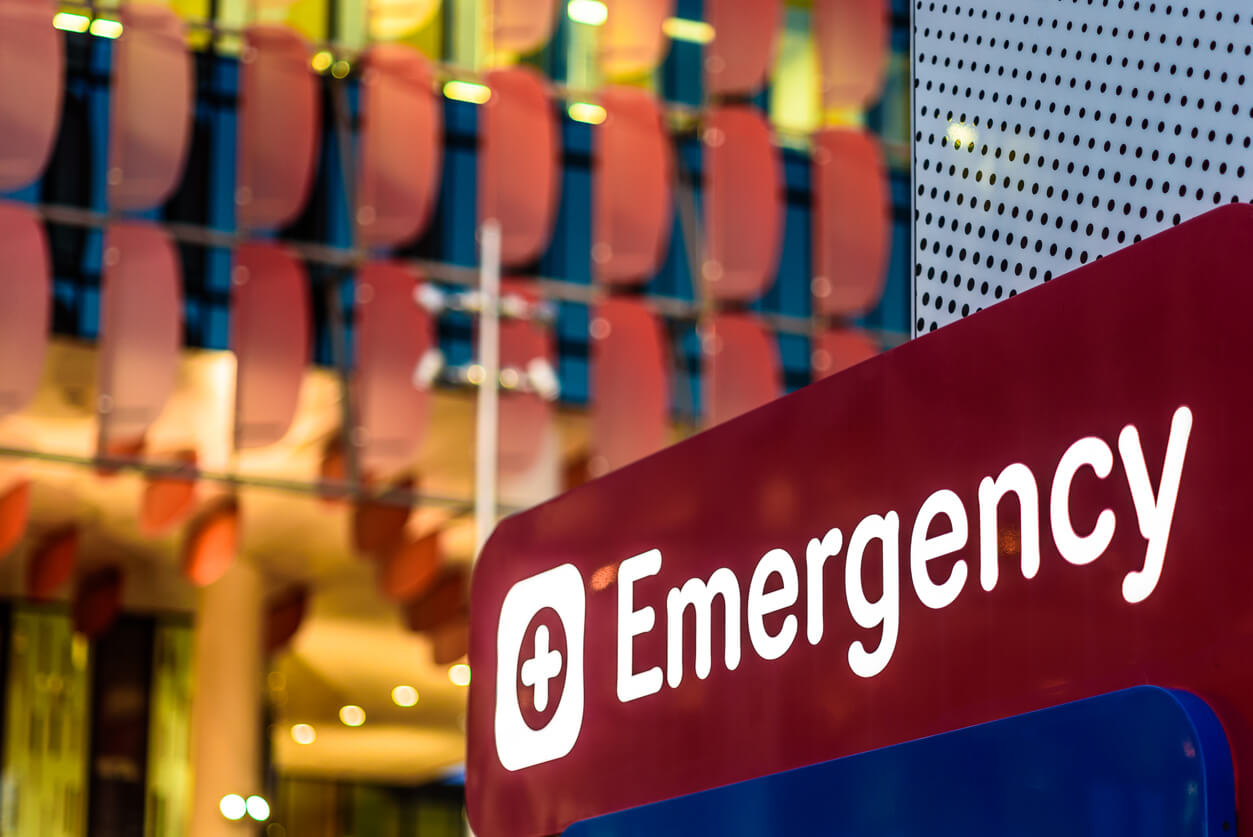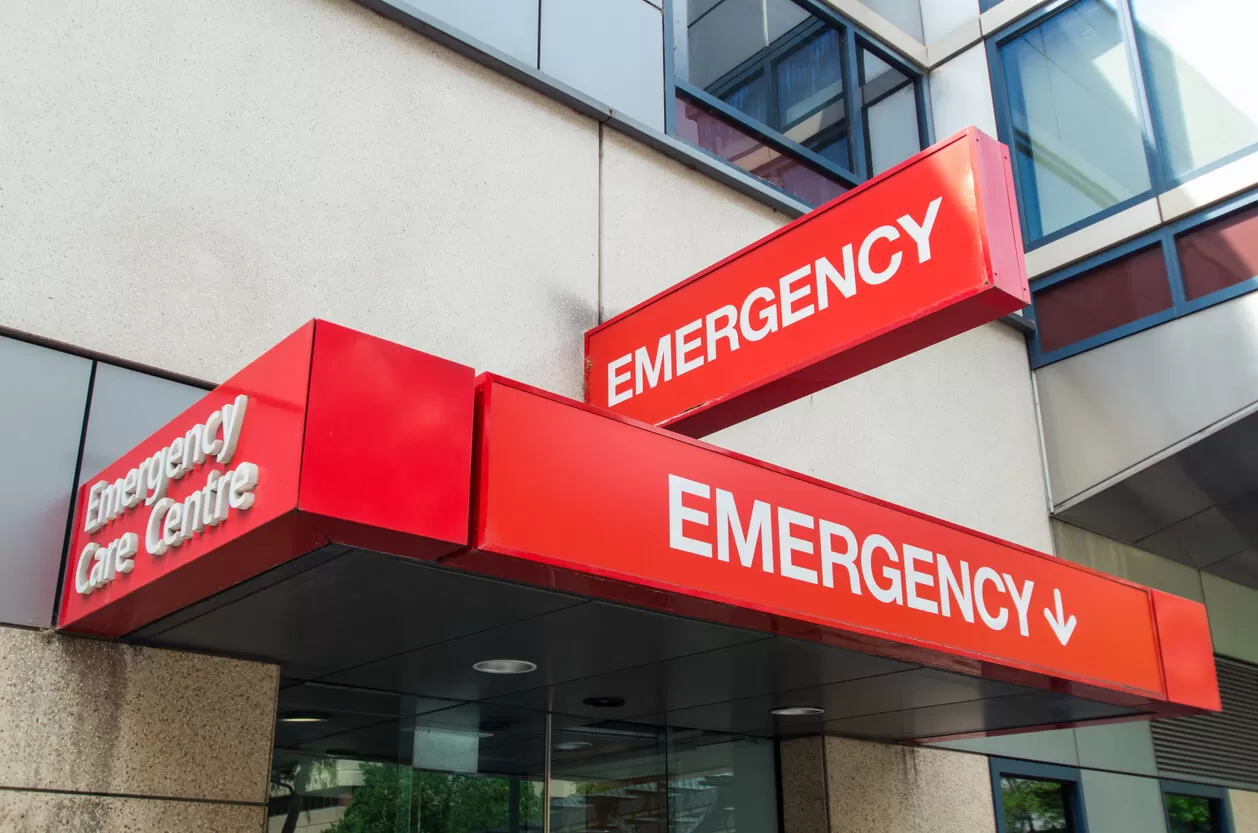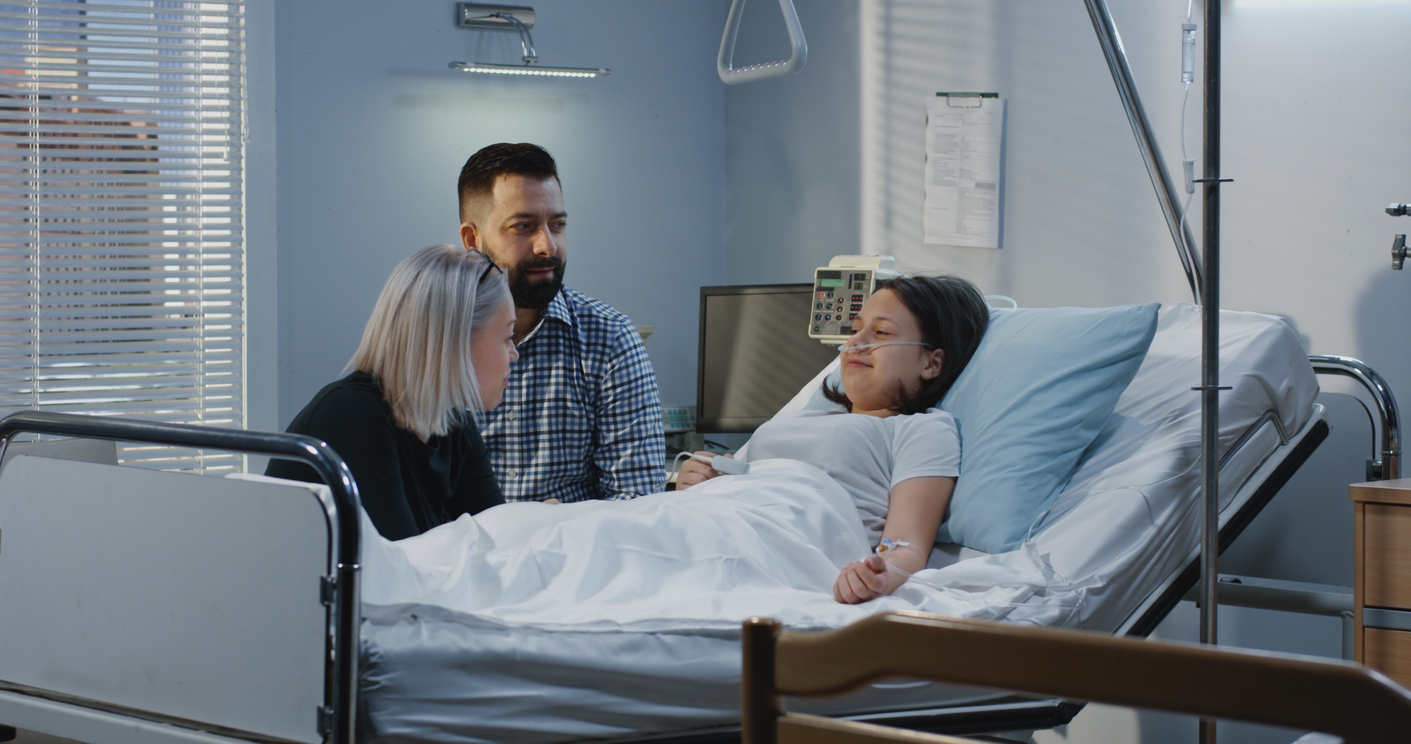In life’s critical moments, making the right choice between a trauma center and an emergency room can be life-saving. Each of these facilities plays a unique role in the healthcare system, adeptly handling different types of injuries and emergencies. Trauma centers are specially equipped to provide advanced trauma care for the most severe injuries, while emergency rooms address a broader spectrum of urgent medical issues with swift precision.
Grasping these differences can guarantee you receive prompt and tailored medical attention when it matters most. Read on to discover how choosing the right care facility can dramatically impact recovery and peace of mind.
What Is a Trauma Center?
A trauma center is a specialized healthcare facility designed to deliver advanced trauma life support for severe, often life-threatening injuries. Staffed with highly trained trauma surgeons, these centers handle cases of complex traumatic injuries, such as blunt force trauma and traumatic brain injuries.
Trauma center levels indicate the depth of resources and trauma care expertise available:
- Level I. Provides the highest level of trauma care with comprehensive resources, including the availability of all surgical specialties and intensive care units.
- Level II. Availability of care 24/7, offering critical services like orthopedic surgery and intensive care, essential for severe trauma cases.
- Level III. Capable of providing prompt assessment, resuscitation, and emergency surgery, often stabilizing patients for transfer to higher-level centers if needed.
- Level IV. Focuses on advanced trauma life support prior to the transfer to higher-level trauma centers, typically found in rural areas.
- Level V. Offers initial evaluation and stabilization with transfer arrangements, which is vital in facilities with more limited resources.
These levels show how trauma centers are indispensable for patients requiring rapid intervention from specialized multidisciplinary trauma teams.
When Is Trauma Care Needed?
Consider a trauma center for these situations:
- Severe Injuries. Trauma centers are equipped for severe injuries like complex fractures and traumatic brain injuries, requiring the expertise of trauma surgery and intensive care.
- Blunt Force Trauma. Incidents such as car accidents necessitate the specialized trauma resuscitation available at trauma centers, where trauma teams collaborate to provide critical care.
- Stab Wounds. Deep stab wounds require immediate attention and the comprehensive capabilities of trauma centers, which offer emergency department services tailored for rapid recovery.
- Traumatic Brain Injuries. Neurological expertise at trauma centers adeptly handles traumatic brain injuries, providing proper evaluation and swift, effective treatment.
What Is an Emergency Room?
Emergency rooms, or emergency departments, are integral to community hospitals. They provide 24/7 emergency services for urgent medical situations. With emergency medicine physicians on board, these facilities treat various conditions, from heart attacks to minor burns.
Emergency room physicians can perform emergency surgeries when necessary, providing immediate intervention for critical needs. They function as a first line of defense, performing initial evaluations to stabilize patients. Facilities like Reliant Emergency Room exemplify this by offering a broader spectrum of care, aided by state-of-the-art technology, for prompt emergency availability.
When to Visit the ER
Choose an emergency room for these conditions:
- Chest Pain/Heart Attack. ERs are well-equipped to manage chest pain and suspected heart attacks, with cardiac surgeons ready to prevent further complications.
- Loss of Consciousness. Sudden episodes of unconsciousness necessitate swift assessment, a hallmark of emergency room services where immediate care of patients is prioritized.
- Minor Burns. Unlike severe burns that need trauma centers, ERs expertly treat minor burns, offering minimal wait times and hassle-free care.
- Severe Allergic Reactions. ERs provide emergency medicine coverage for severe allergic reactions, providing fast-acting relief and ongoing care.
- Broken Bones. Emergency rooms can promptly evaluate and stabilize broken bones with splinting or casting, and they may also refer patients for specialized care if needed.
- High Fever. For infants and young children, or if accompanied by dehydration or rash in adults, high fever can be swiftly assessed and treated in an emergency room.
- Severe Asthma Attacks. ERs are equipped to handle respiratory distress with immediate interventions such as inhalers, oxygen therapy, and continuous monitoring.
Key Differences: Emergency Room vs Trauma Center
| Feature | Emergency Room | Trauma Center |
| Facility Type | General emergency care facility | Specialized critical injury center |
| Primary Focus | Wide range of urgent medical issues | Severe, life-threatening trauma cases |
| Staff Expertise | Emergency medicine physicians and nurses | Trauma surgeons, specialists, critical care teams |
| Types of Cases | – Chest pain/heart attacks<br>- Minor burns<br>- Broken bones<br>- Allergic reactions<br>- High fever<br>- Asthma attacks | – Complex traumatic injuries<br>- Severe car accident victims<br>- Gunshot/stab wounds<br>- Traumatic brain injuries<br>- Multiple severe injuries |
| Equipment | Standard emergency medical equipment | Advanced trauma-specific technology and surgical facilities |
| Response Time | Prioritized by severity of condition | Immediate trauma team activation |
| Operating Hours | 24/7 availability | 24/7 with constant specialized trauma team presence |
| Transfer Capabilities | Can transfer to trauma centers if needed | Rarely transfers except for specialized care |
| Cost | Generally lower than trauma centers | Higher due to specialized care and resources |
| Location | Widely available in most hospitals | Limited to designated trauma center hospitals |
| Level System | No formal leveling system | Five levels (I-V) based on care capabilities |
Similarities: Emergency Department vs. Trauma Center
Despite their differences, both facilities share key characteristics:
- 24/7 Availability. Both emergency rooms and trauma centers provide round-the-clock access, making sure that medical emergencies receive immediate attention regardless of the time of day or night.
- Initial Evaluation. Each facility is equipped to perform prompt evaluations, quickly stabilizing patients to prepare them for further treatment. This initial assessment is essential in determining the patient’s immediate medical needs.
- Access to Specialists. Both environments offer access to expert medical teams, ensuring patients benefit from specialized care tailored to their urgent medical conditions. This includes access to professionals trained in emergency medicine, surgery, and critical care.
- Urgency of Care. Both prioritize a rapid response to emergencies, making sure of the availability of necessary resources and personnel to address serious health concerns efficiently and effectively. Their shared focus is on delivering urgent patient care without delays.
This shared emphasis on immediate and specialized medical care highlights the integral roles both emergency rooms and trauma centers play within the healthcare system. Both provide essential services that are critical to patient outcomes.
What Are the Considerations for Choosing the Right Facility?
When faced with an emergency, consider these factors to make sure you’re choosing the right facility:
- Severity of Condition. Assess the seriousness of the injury or illness. Severe traumatic injuries, such as those requiring trauma surgery or advanced critical care, are best managed at trauma centers, where specialized trauma care is available.
- Proximity to Facility. Timeliness can significantly impact outcomes in an emergency. Consider the nearest facility’s location to minimize delays in receiving urgent medical attention.
- Insurance Coverage. Review your insurance plan to determine which facility is within your network and to avoid unexpected medical expenses. This consideration can help make financial decisions smoother during an already stressful time.
- Available Services. Evaluate the services offered by potential facilities. Trauma centers provide comprehensive trauma care, essential for complex injuries, while emergency rooms cover a wider array of urgent medical needs, facilitating quick stabilization.
Taking these factors into account makes sure that you receive the most appropriate and efficient care for your situation, leading to improved outcomes and a smoother healthcare experience.
Choose the Right Care: We’re Here for You 24/7
Dealing with healthcare decisions during emergencies can be challenging, but rest assured, you’re not alone. At Reliant Emergency Room, we offer round-the-clock emergency services, focusing on rapid, professional care to address a wide range of medical issues, from chest pain to minor burns.
Knowing your healthcare options is key to optimal outcomes—don’t wait until the last moment. Our expert emergency room physicians are ready to assist you whenever urgent needs arise. Book an appointment today or walk in, and let us provide the capable hands you need in times of emergency. Your health and well-being are our top priorities.








